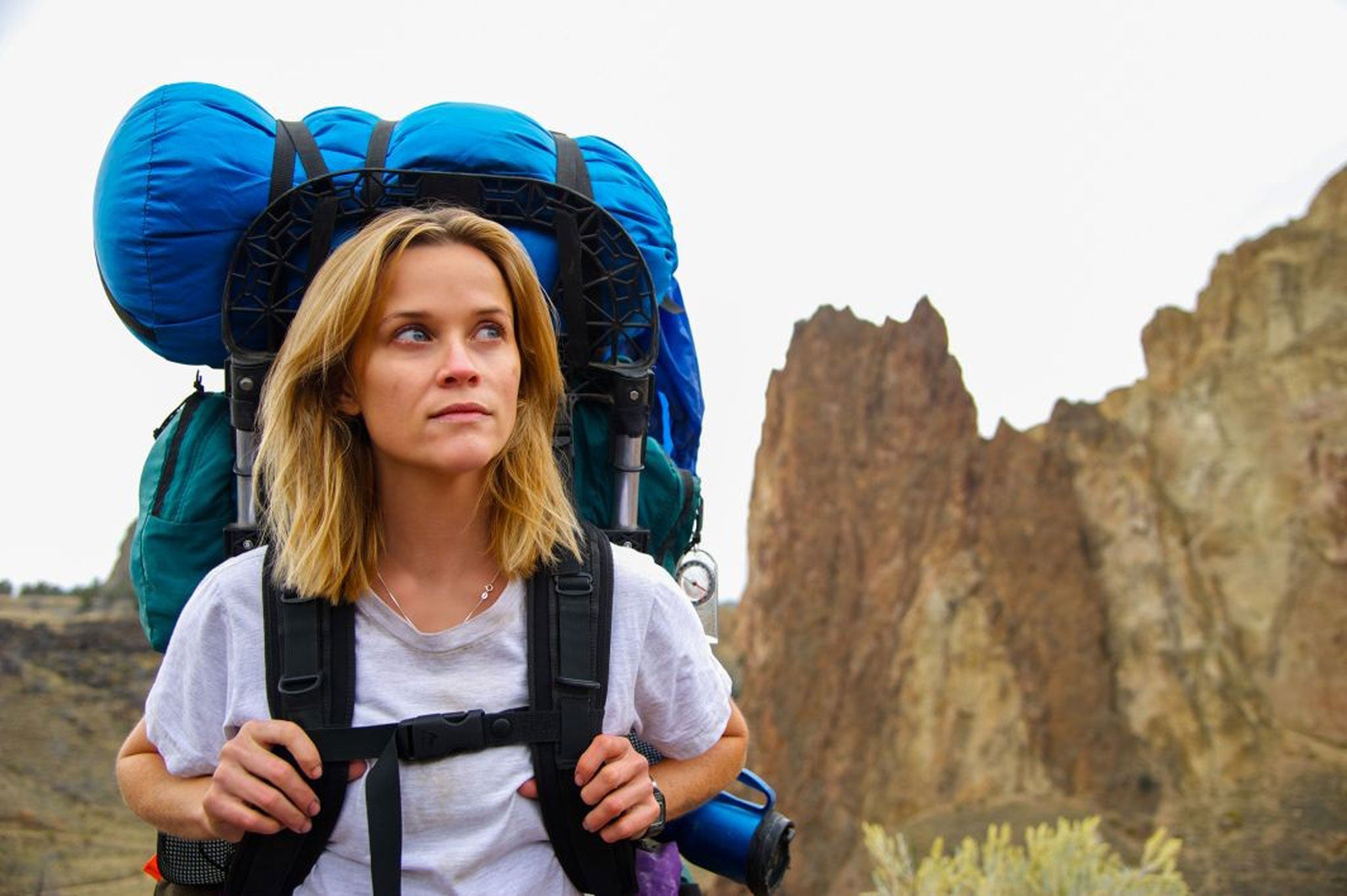It's a Man's (Celluloid) World: Why Hollywood is still an uphill struggle for women
Female characters made up just 12 per cent of protagonists in the top 100 domestic-grossing films of last year

Your support helps us to tell the story
From reproductive rights to climate change to Big Tech, The Independent is on the ground when the story is developing. Whether it's investigating the financials of Elon Musk's pro-Trump PAC or producing our latest documentary, 'The A Word', which shines a light on the American women fighting for reproductive rights, we know how important it is to parse out the facts from the messaging.
At such a critical moment in US history, we need reporters on the ground. Your donation allows us to keep sending journalists to speak to both sides of the story.
The Independent is trusted by Americans across the entire political spectrum. And unlike many other quality news outlets, we choose not to lock Americans out of our reporting and analysis with paywalls. We believe quality journalism should be available to everyone, paid for by those who can afford it.
Your support makes all the difference.Female characters comprised just 12 per cent of protagonists in the top 100 grossing films of 2014, the lowest figure for more than a decade, according to a new study.
Despite acclaimed performances from Felicity Jones, Julianne Moore and Reese Witherspoon helping to produce one of the tightest Best Actress Oscar races, male protagonists still far outnumber their female counterparts on screen.
The 2014 It's a Man's (Celluloid) World report by San Diego State University's Centre for the Study of Women in Television and Film revealed that female characters made up just 12 per cent of protagonists in the top 100 domestic-grossing films of 2014. The figure has fallen by 3 per cent over the past year and is 4 per cent below the number in 2002.
Women made up 29 per cent of major characters overall, and 30 per cent of all speaking characters, the same percentage as in 2013.
But men enjoy a much wider variety of roles and are much more likely to play authority figures. Most female characters are skewed younger in age than their male counterparts, and they were also more likely to be identified by domestic roles such as wife, mother and girlfriend, the study found. Black and Latina female roles also declined, though Asian female roles saw a slight increase in number. Some 11 per cent of female characters were black, 4 per cent were Latina, and 4 per cent were Asian.
Dr Martha Lauzen, the executive director of the Centre for the Study of Women in Television and Film, said: "The chronic under-representation of girls and women reveals a kind of arrested development in the mainstream film industry."
Reese Witherspoon said she set up her production company, Pacific Standard, to green-light more films with prominent female roles. She produced Gone Girl, which gave a leading role to Rosamund Pike, who now competes against Witherspoon, the star of Wild, for the Best Actress Oscar.
Dr Lauzen analysed 2,300 characters appearing in the top-grossing US films of 2014. She made comparisons with findings from 2013, 2011 and 2002, for more than 9,000 characters appearing in around 400 films. A separate study conducted by Dr Lauzen found that just 17 per cent of powerful behind-the-scenes roles were held by women working on the top 250 grossing films of 2014.
Join our commenting forum
Join thought-provoking conversations, follow other Independent readers and see their replies
Comments